We put the Xiaomi Mix Fold 2 through our rigorous DXOMARK Audio test suite to measure its performance both at recording sound using its built-in microphones, and at playing audio back through its speakers.
In this review, we will break down how it fared in a variety of tests and several common use cases.
Overview
Key audio specifications include:
- Three speakers (Two on the lower side when unfolded, one under the front screen when folded)
- No jack audio output
- Dolby Atmos technology
Scoring
Sub-scores and attributes included in the calculations of the global score.
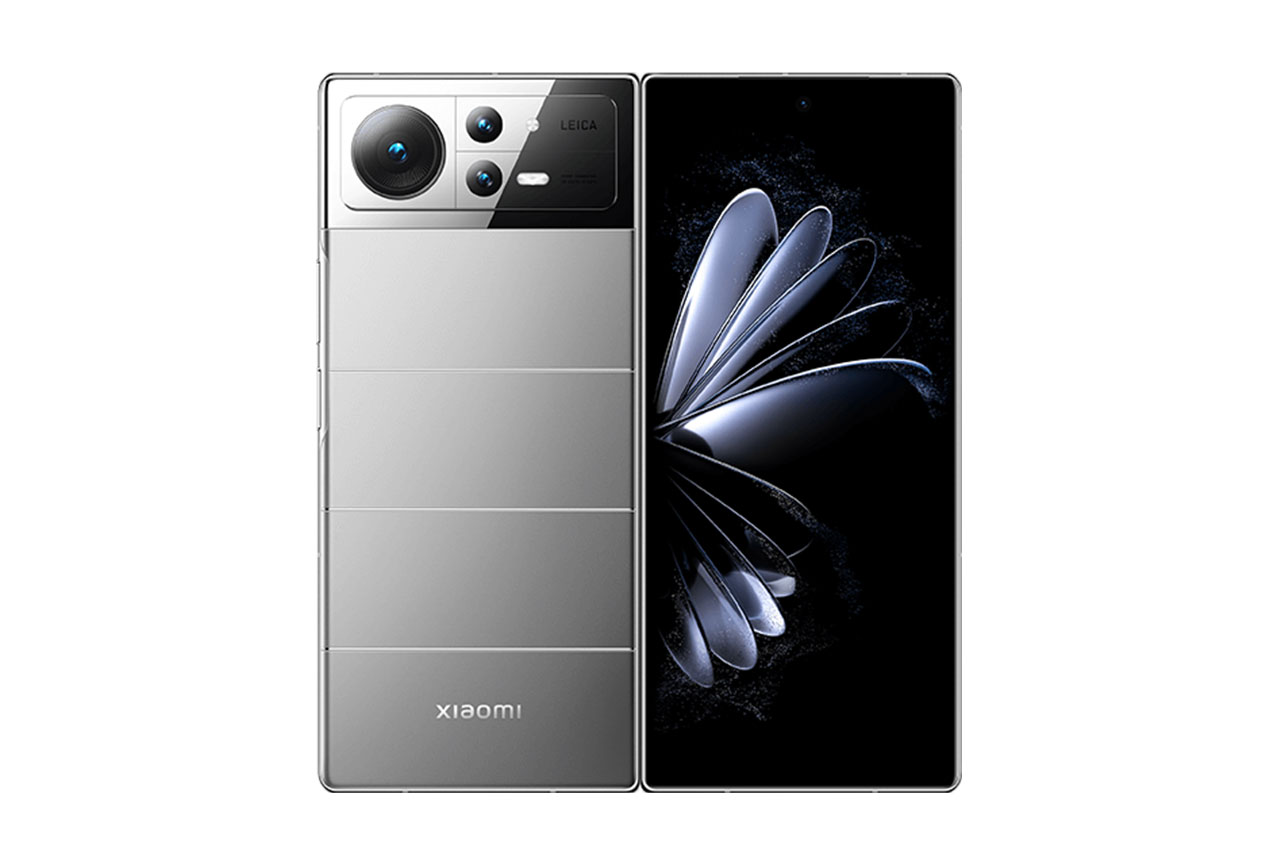
Xiaomi Mix Fold 2


 105th
105th 59th
59thPlayback
Recording
Pros
- Good dynamics performance
- Mostly free of unwanted audio artifacts
Cons
- No audio zoom capabilities.
- Tonal balance could be better in some apps
With a DXOMARK Audio score of 121, the Xiaomi Mix Fold 2 delivered an overall decent performance in our tests when compared to the smartphone market as a whole. However, the results started to look a little less impressive when considering the Mix Fold 2’s large dimensions in its unfolded state, and its high price point. Overall, Xiaomi’s latest foldable is somewhat of a missed opportunity in terms of physical implementation of speakers and microphones, as well as audio tuning.
As a playback device, the Mix Fold 2 performed best when listening to music, but it was also a decent option for gaming and movie watching, thanks to sharp attack and good punch across all volume levels. Overall playback quality was fairly poor for a device at the upper end of the Ultra-Premium price bracket. The same can be said for recording, but on the plus side, most audio recordings remained intelligible in windy conditions and were fairly free of artifacts.
Test summary
About DXOMARK Audio tests: For scoring and analysis in our smartphone audio reviews, DXOMARK engineers perform a variety of objective tests and undertake more than 20 hours of perceptual evaluation under controlled lab conditions.
(For more details about our Playback protocol, click here; for more details about our Recording protocol, click here.)
The following section gathers key elements of our exhaustive tests and analyses performed in DXOMARK laboratories. Detailed performance evaluations under the form of reports are available upon request. Do not hesitate to contact us.
Playback
Xiaomi Mix Fold 2
163
DXOMARK engineers test playback through the smartphone speakers, whose performance is evaluated in our labs and in real-life conditions, using default apps and settings.
When using the Mix Fold 2 as a playback device, it delivered an average timbre performance in our tests. Tonal balance was underwhelming overall, with a focus on the upper part but also a lack of brightness in upper treble. At the same time, bass was insufficient, despite artificial enhancement. Dynamics were pretty good overall, thanks to a very sharp attack across all volume levels, decent bass precision and good punch.
The Xiaomi achieved a decent score in the spatial category, but given the device’s large dimensions when unfolded, our testers had expected a lot more. When held in portrait orientation, the Mix Fold 2 did not offer stereo sound. The wideness of the rendered sound scene was decent in landscape orientation, but again, the results looked less impressive when considering the device’s large size. Localizability of individual sound sources in the scene was quite good, but voices sounded too far in the distance most of the time.
Our audio experts found the maximum volume to be average, and the minimum volume too low for good intelligibility of quiet content. Volume steps were consistent from the lowest to the highest level, though. We detected a number of unwanted audio artifacts during our tests, including compression and distortion at all volume levels. With the device unfolded, it was also pretty much impossible not to cover the left and right speakers with your hands.
Listen to the tested smartphone’s playback performance in this comparison with some of its competitors:

Timbre
Xiaomi Mix Fold 2
158
The Timbre score represents how well a phone reproduces sound across the audible tonal range and takes into account bass, midrange, treble, tonal balance, and volume dependency. It is the most important attribute for playback.

Dynamics
Xiaomi Mix Fold 2
149
The Dynamics score measures the accuracy of changes in the energy level of sound sources, for example how precisely a bass note is reproduced or the impact sound from drums.
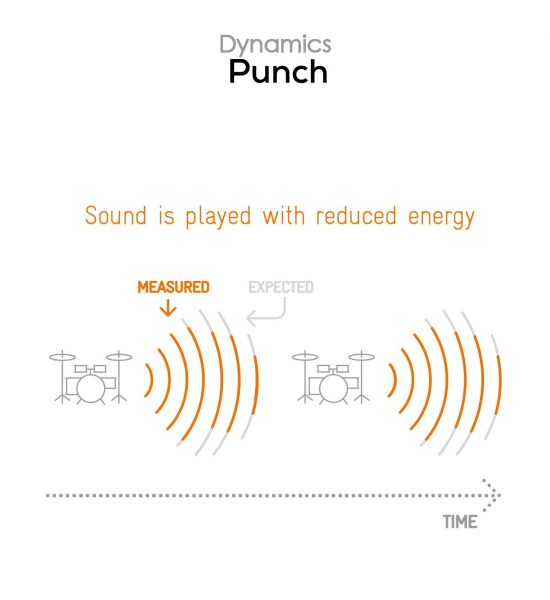
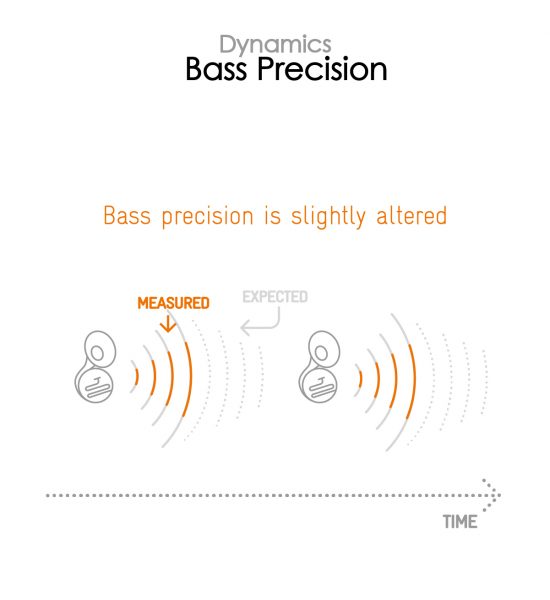

Spatial
Xiaomi Mix Fold 2
162
The sub-attributes for spatial tests include pinpointing a specific sound's location, its positional balance, distance, and wideness.
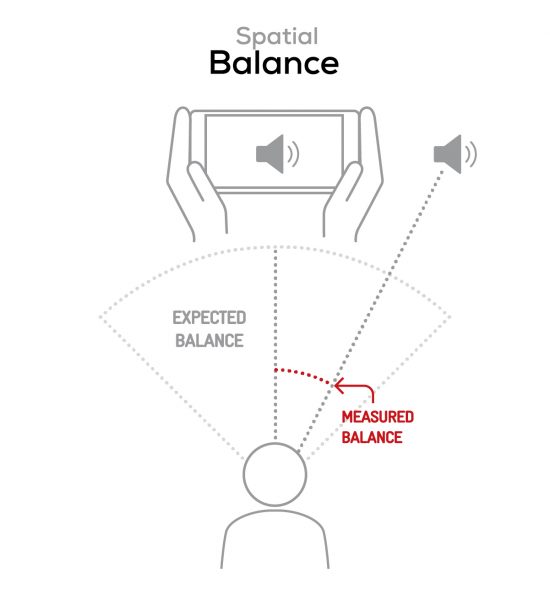
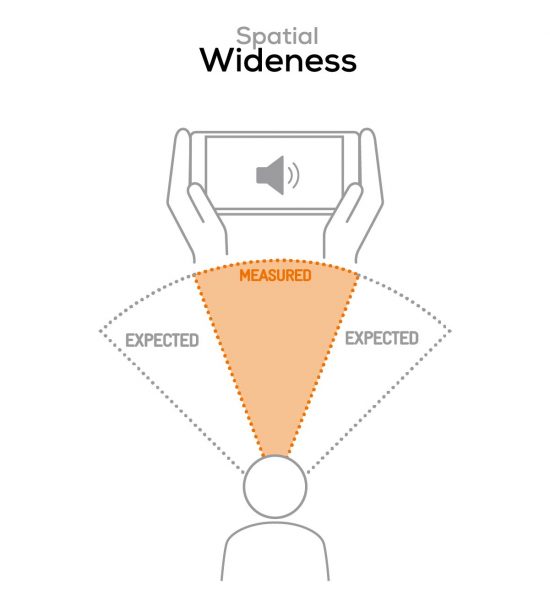

Volume
Xiaomi Mix Fold 2
162
The Volume score represents the overall loudness of a smartphone and how smoothly volume increases and decreases based on user input.
| Hip-Hop | Classical | |
| Xiaomi Mix Fold 2 | 72.2 dBA | 67.9 dBA |
| Samsung Galaxy Z Fold4 | 71.1 dBA | 67.3 dBA |
| Apple iPhone 14 Pro Max | 74 dBA | 71.1 dBA |

Artifacts
Xiaomi Mix Fold 2
157
The Artifacts score measures the extent to which the sound is affected by various types of distortion. The higher the score, the less the disturbances in the sound are noticeable. Distortion can occur because of sound processing in the device and because of the quality of the speakers.
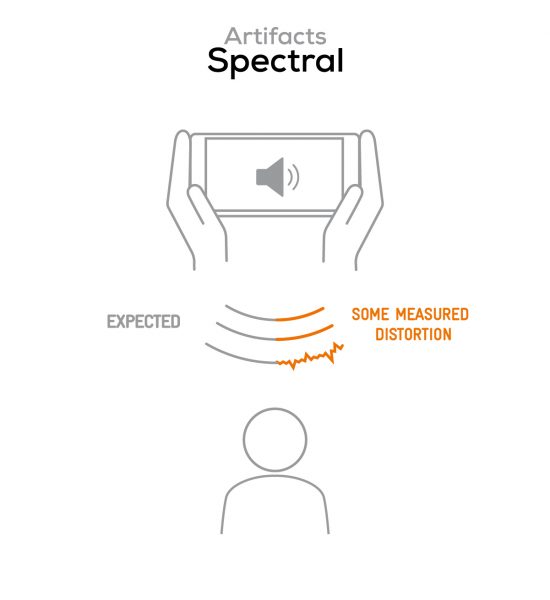
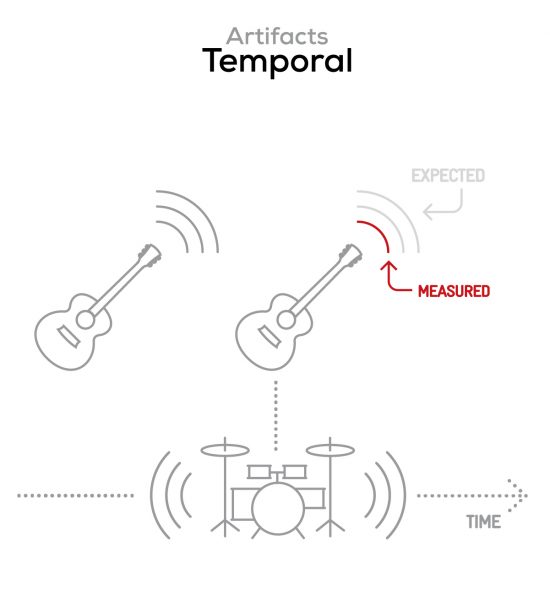
It represents the distortion and noise of the device playing our test signal (0 dB Fs, Sweep Sine in an anechoic box at 40 cm) at the device's maximum volume.
Recording
Xiaomi Mix Fold 2
160
DXOMARK engineers test recording by evaluating the recorded files on reference audio equipment. Those recordings are done in our labs and in real-life conditions, using default apps and settings.
In recording, the Xiaomi delivered an overall decent timbre performance, but our experts found the tonal balance to lack high-end extension and brightness when recording with the main and selfie cameras. When recording at high sound pressure levels, for example, concerts, tonal balance was rendered thinly, with a significant lack of bass and low-end extension. In terms of dynamics, the device offered an average signal-to-noise ratio. The envelope was pretty accurate but sounded slightly flat overall.
The recording wideness of the sound scene was good with the main camera but noticeably narrower with the selfie camera and memo app. Distance rendition was realistic, and localizability was good across all use cases, making for an overall average spatial performance. Volume performance was good across all use cases and in our recording tests, the Mix Fold 2 was pretty much free of unwanted artifacts, apart from some bass distortion and pumping at high sound pressure levels. Background rendition was pretty natural.
Here is how the Xiaomi Mix Fold 2 performs in recording use cases compared to its competitors:

Timbre
Xiaomi Mix Fold 2
147
The Timbre score represents how well a phone captures sounds across the audible tonal range and takes into account bass, midrange, treble, and tonal balance. It is the most important attribute for recording.

Dynamics
Xiaomi Mix Fold 2
146
The Dynamics score measures the accuracy of changes in the energy level of sound sources, for example how precisely a voice's plosives (the p's, t's and k's, for example) are reproduced. The score also considers the Signal-to-Noise Ratio (SNR), for example how loud the main voice is compared to the background noise.
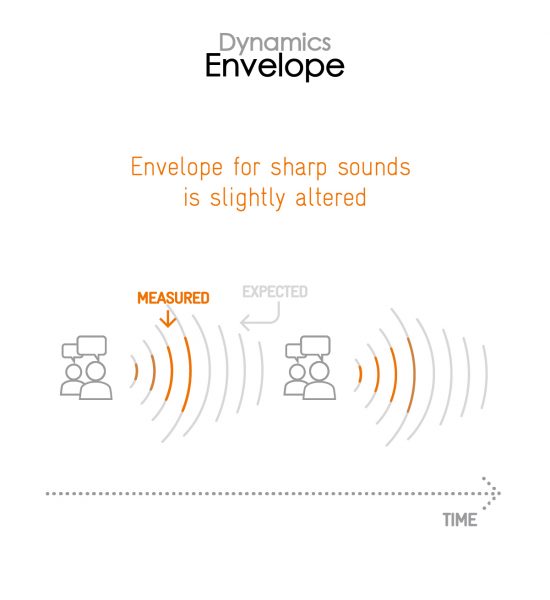
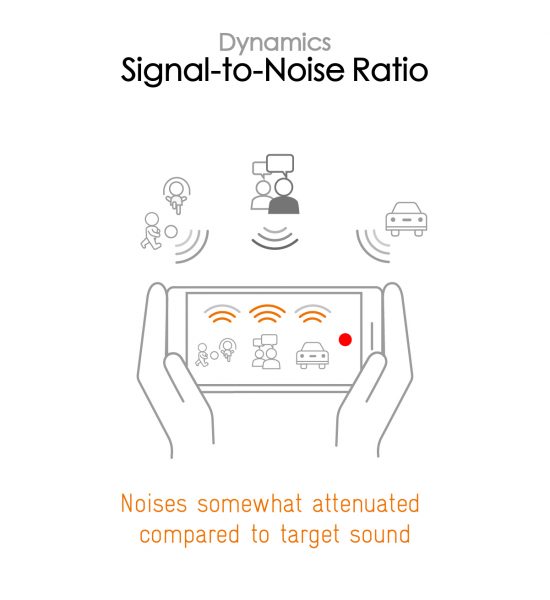

Spatial
Xiaomi Mix Fold 2
159
The sub-attributes for spatial tests include pinpointing a specific sound's location, its positional balance, distance, and wideness on the recorded audio files.
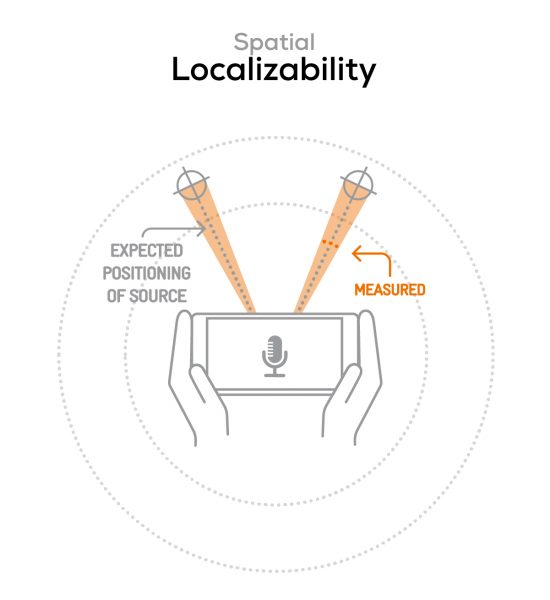
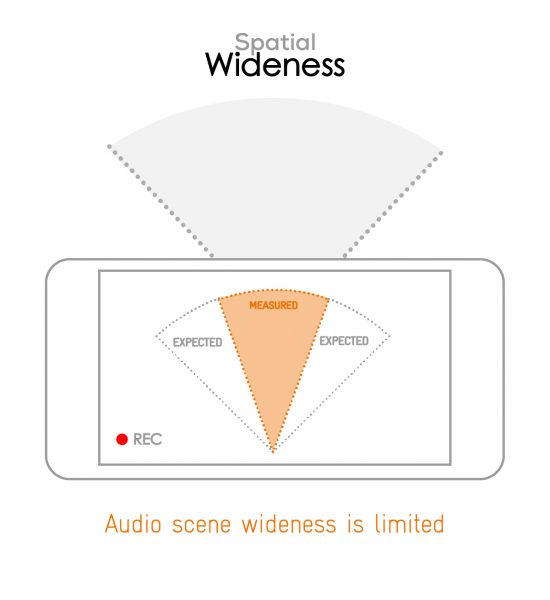

Volume
Xiaomi Mix Fold 2
170
The Volume score represents how loud audio is normalized on the recorded files and the how the device handles loud environments, such as electronic concerts, when recording.
| Meeting | Life Video | Selfie Video | Memo | |
| Xiaomi Mix Fold 2 | -25.3 LUFS | -22.8 LUFS | -19.7 LUFS | -20.8 LUFS |
| Samsung Galaxy Z Fold4 | -25.8 LUFS | -21.6 LUFS | -22.7 LUFS | -21 LUFS |
| Apple iPhone 14 Pro Max | -26 LUFS | -22.9 LUFS | -19.2 LUFS | -19.6 LUFS |

Artifacts
Xiaomi Mix Fold 2
145
The Artifacts score measures the extent to which the recorded sounds are affected by various types of distortions. The higher the score, the less the disturbances in the sound are noticeable. Distortions can occur because of sound processing in the device and the quality of the microphones, as well as user handling, such as how the phone is held.
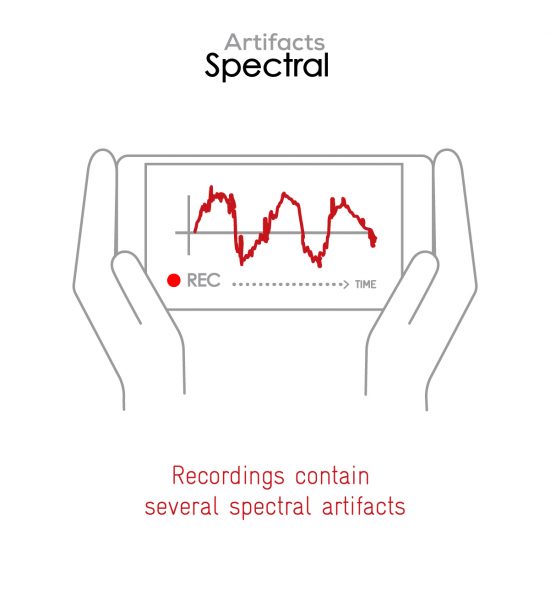
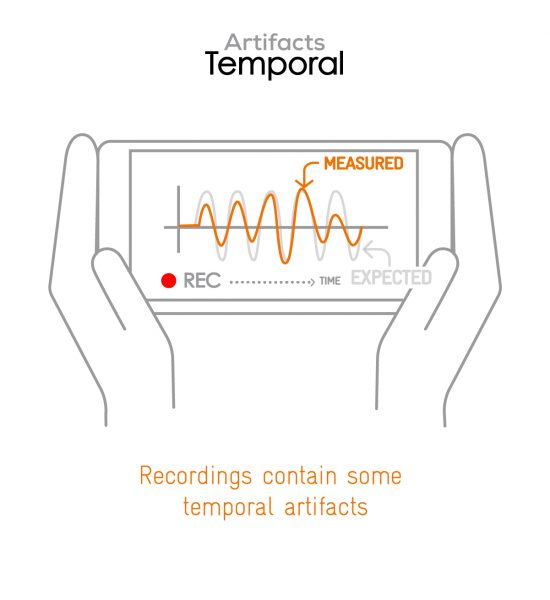
In this audio comparison, you can listen to the way this smartphone handles wind noise relative to its competitors:

Background
Xiaomi Mix Fold 2
166
Background evaluates how natural the various sounds around a voice blend into the video recording file. For example, when recording a speech at an event, the background should not interfere with the main voice, yet it should provide some context of the surroundings.
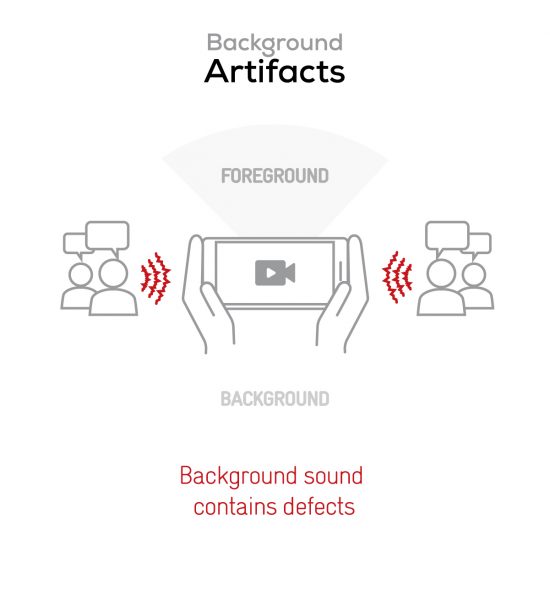
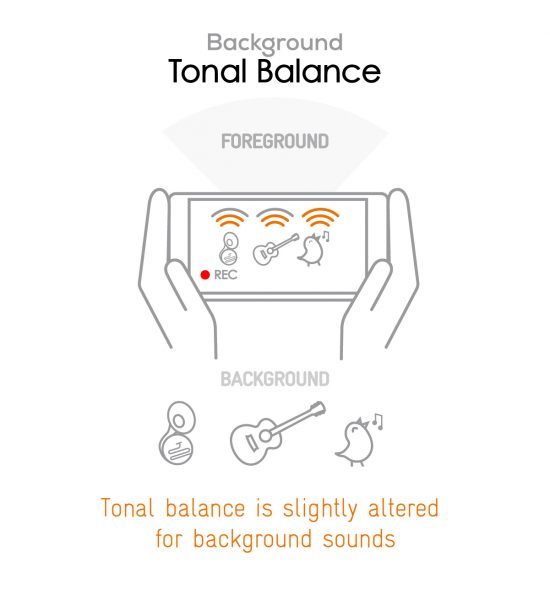


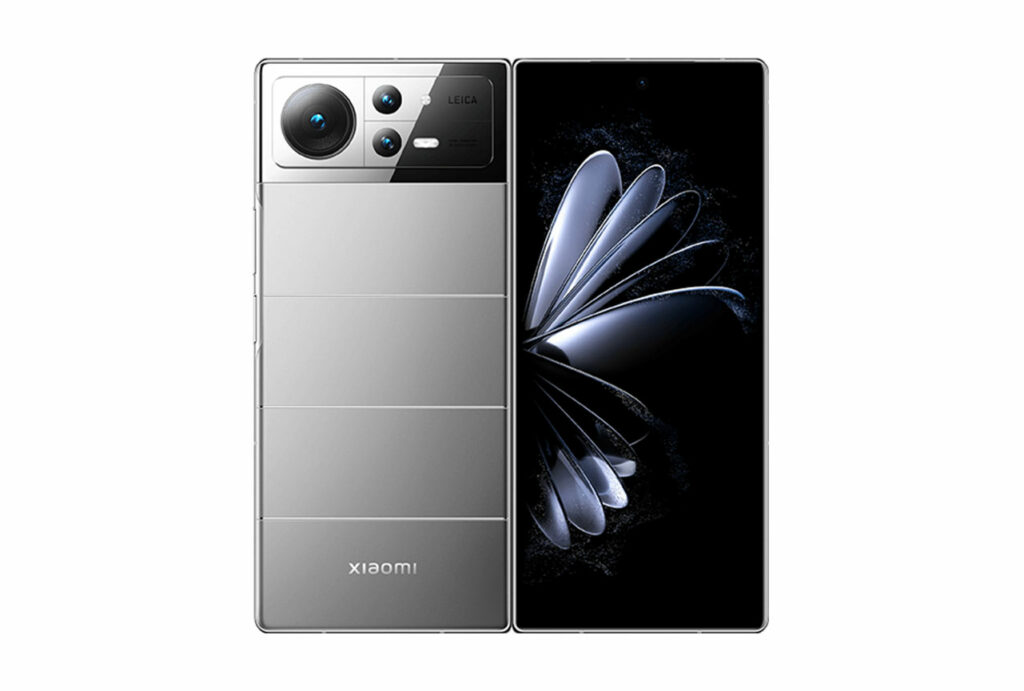
DXOMARK encourages its readers to share comments on the articles. To read or post comments, Disqus cookies are required. Change your Cookies Preferences and read more about our Comment Policy.